The Ibex is a large mountain goat in the genus Capra, though not all mountain goats in that genus are Ibexes. The primary distinguishing characteristic of these creatures is the large horns of the male. The males’ horns are usually long, and curve backwards.
There are eight different species of this mammal; Bezoar, Alpine, Nubian, Ethiopian, Iberian, Siberian, West Caucasian, and East Caucasian Ibex. Read on to learn about the Ibex.
Description of the Ibex
In most Ibex species, the male is larger than the female, and the female has much smaller horns. The largest males are nearly 300 lbs. and stand over 3 ft. tall at the shoulder. Their horns usually have significant horizontal ridges along the leading edge. At their largest, the males’ horns grow up to 4 ft. long.
Interesting Facts About the Ibex
Each species of this animal is different and unique. Learn about some different species, and their fun facts, below.
- Siberian Ibex – This species lives in central Asia from Afghanistan to Mongolia. Their favorite ecosystems are mountainous deserts. This species is a particularly skilled climber, and uses their climbing ability to avoid predators.
- Iberian Ibex – Iberian Ibexes live on the Iberian Peninsula in Spain and Portugal. There were originally four subspecies of this species, but two are extinct. Scientists have been working on a project to clone the Pyrenean subspecies of Iberian Ibex.
- Ethiopian Ibex – This species lives only in a small range of Ethiopia in the Semien Mountains. The IUCN lists them as Endangered, and they previously listed them as Critically Endangered. Scientists estimate that there are just 500 individuals left, but their population is increasing.
- Bezoar Ibex – The Bezoar Ibex lives western Asia, and is a subspecies of the wild goat. In fact, this species is a direct ancestor of our domestic goats.
Habitat of the Ibex
These wild goats are perfectly adapted to rugged terrains, rocky habitats, and extreme climates. Most species live above the tree line in the mountains. They live at elevations up to 11,000 ft. above sea level.
Some species do range downwards into woodlands and alpine forests. During the spring they move to grassy mountain meadows.
Distribution of the Ibex
These mammals live in a variety of regions, which vary based on the species at hand. Ibexes live everywhere from Middle East to Europe, Asia, and beyond.
Some of the mountain ranges that different species inhabit include the European Alps, Semien Mountains, Sayan Mountains, Caucasus Mountains, and more. Some species have wide distributions and live across vast ranges, while other species live only in one small region.
Diet of the Ibex
All species of these animals are herbivores, and feed on plants. In the harsh climates in which they live, these mammals can have a difficult time finding food, and thus they cannot afford to be picky.
They eat a variety of leaves, grasses, twigs, mosses, shoots, flowers, and more. Some of the types of plants they feed on include oatgrass, oats, timothy, tussock, and more.
Ibex and Human Interaction
Human and Ibex interaction varies by species, but is mostly limited. Ibexes live in regions that humans do not frequently inhabit, and because of this casual encounters are unusual. However, humans do hunt these mammals, though the impact varies from species to species.
Sadly, as human populations continue to boom, farming, roads, and settlements must expand. This means habitat loss causes this animal’s population decline.
Domestication
Humans have domesticated the Bezoar, a subspecies of the wild goat, to create the domestic goat. In fact, scientists believe that this subspecies is actually the original ancestor of all domestic goats today. Humans domesticated goats approximately 10,000 years ago!
Does the Ibex Make a Good Pet
No, Ibexes do not make good pets. Though humans domesticated them into the goats we know and love today, this process took thousands of years. Wild goats are just that, wild. They are quite large, have large horns, and are not naturally friendly.
Ibex Care
The care of Ibexes in zoos varies based on the species. For the most part, these creatures need plenty of climbing and hiding places in their enclosures. Some zoos even provide them with cliff-like habitats that replicate their wild range.
Most wild Ibexes live in herds, and the animals in zoos are no exception. Their diet usually consists of a variety of hay, pelleted feed, and more.
Behavior of the Ibex
Behavior varies from species to species, though most are social. Some species live in larger groups, while others congregate in small herds. In some species, social behavior varies based on the season. Outside of the breeding season, some species live in all-female or all-male groups. Most species are diurnal and active during the day.
Reproduction of the Ibex
The courting behavior, gestation period, nursing period, and sexual maturity all vary from species to species. For the most part, males battle one another for the right to breed with females.
Their gestation period is about five and a half months long, after which they give birth to one or two babies called “kids.” Most kids are fully weaned by the time they are six months old.

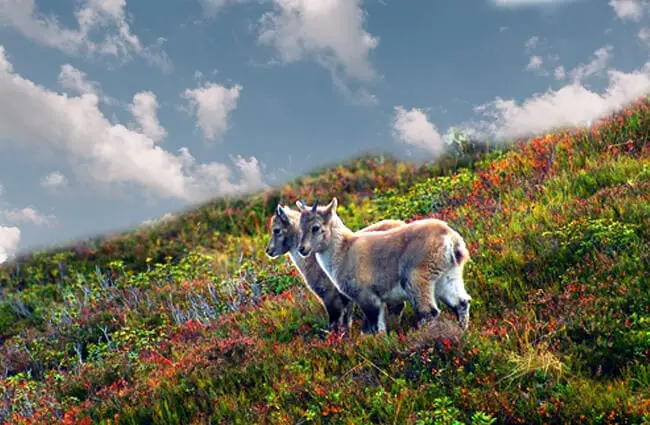
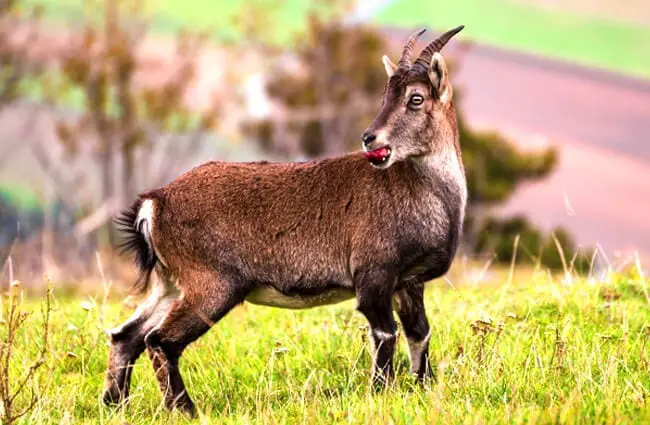
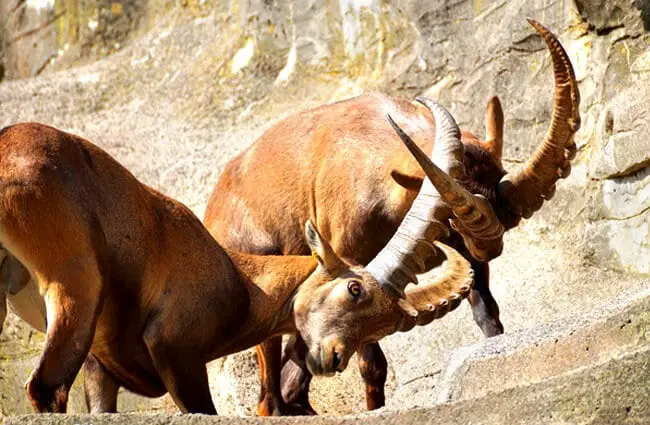
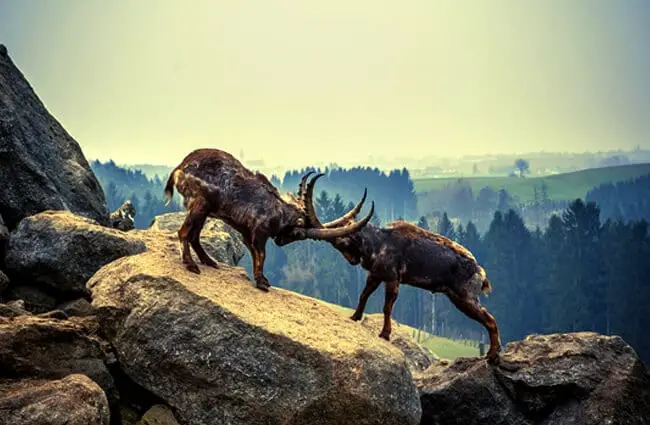
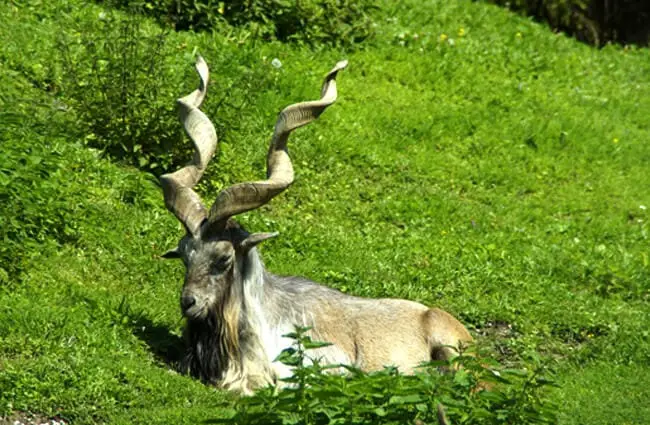
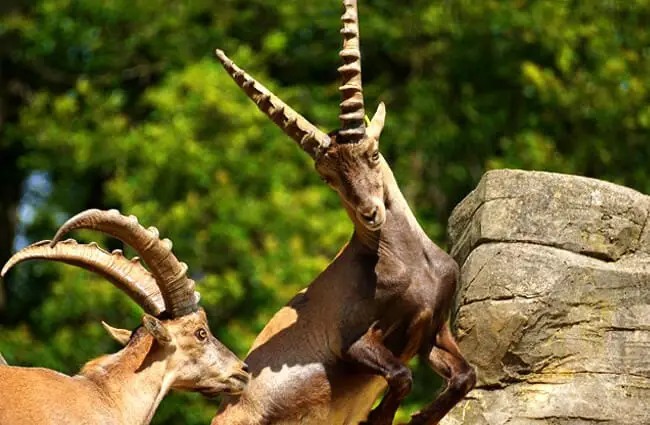




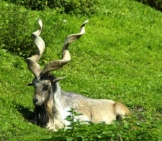
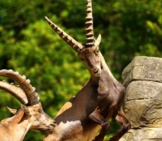
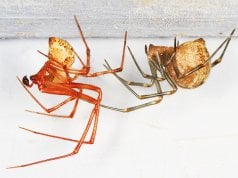
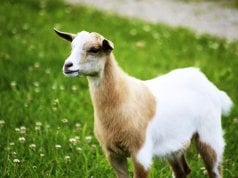











![Red Angus Closeup of a beautiful Red Angus cowPhoto by: U.S. Department of Agriculture [pubic domain]https://creativecommons.org/licenses/by/2.0/](https://animals.net/wp-content/uploads/2020/03/Red-Angus-4-100x75.jpg)

